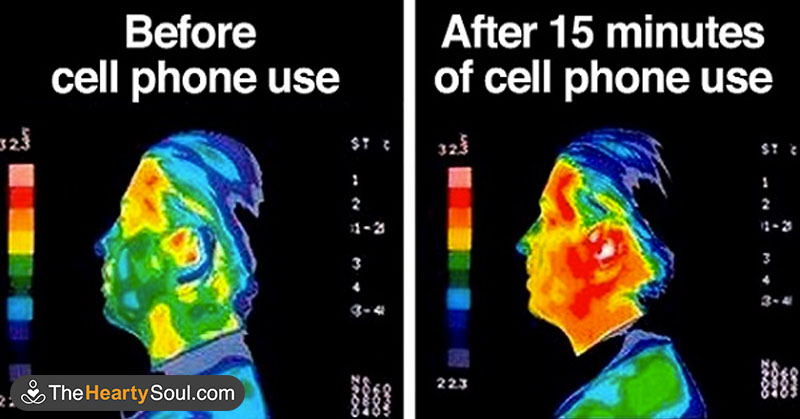Living in the age of technology means that we are constantly surrounded by devices such as computers, tablets, and cell phones. With this comes concerns about the potential health risks associated with exposure to radiation emitted by these electronic devices. Despite headlines warning about the dangers of radiation from wifi and cell phones, the science on this topic is still inconclusive.
To understand the impact of cell phones on our health, it’s important to grasp the concept of radiation. Electromagnetic fields (EMF) and radiation are present in various forms in our environment, with everything emitting some level of radiation. While items like microwaves and cell phones emit more radiation than others, the key distinction lies in the type of radiation they emit.
Ionizing radiation, found in x-rays and gamma rays, is known to cause cellular damage and cancer. On the other hand, non-ionizing radiation, emitted by cell phones and wifi, has not been definitively linked to DNA damage. Despite this, concerns remain about the long-term effects of absorbing low-level radiation, especially for children who have been surrounded by technology from a young age.
Studies on the connection between cell phone use and cancer have yielded inconclusive results, with no definitive evidence supporting a link between the two. Researchers continue to investigate this topic to understand the potential health implications of prolonged cell phone use.
Specific absorption rate (SAR) ratings are used to measure the amount of radiation that can be absorbed by the body from electronic devices. While all devices must comply with maximum SAR standards, these ratings do not necessarily reflect the actual absorption levels under normal usage conditions.
Rather than focusing solely on potential cancer risks, it’s essential to consider the thermal energy generated by cell phones, which can have a more significant impact on DNA and tissue. Additionally, the blue light emitted by devices can disrupt sleep patterns and hinder social connections, which can have broader implications for overall health and well-being.
To mitigate potential risks associated with cell phone use, it’s recommended to text instead of call, use hands-free options, limit usage time, and avoid storing phones on the body. Taking breaks from technology and prioritizing real-life connections can also contribute to overall health and well-being.
In conclusion, while the debate on the health effects of cell phone radiation continues, it’s important to stay informed, adopt safe usage practices, and balance technology use with unplugged time for optimal health and well-being.






